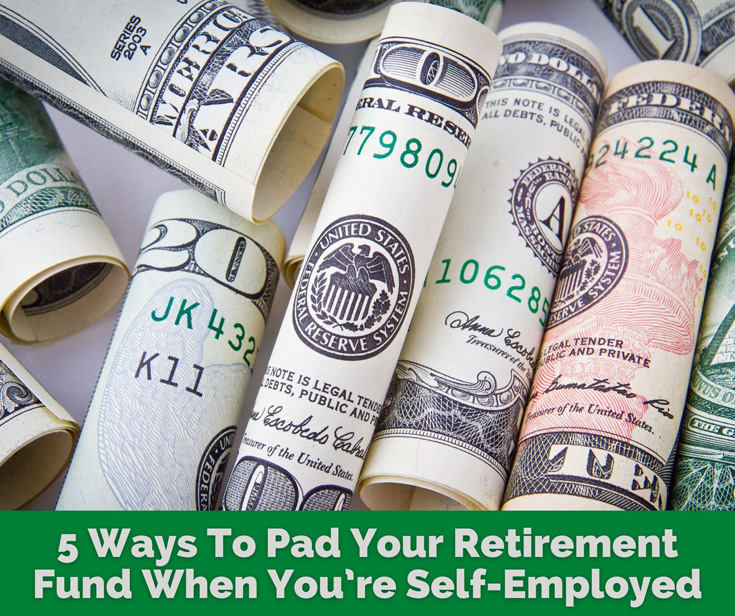When you’re self-employed, there are days that retirement sounds like a dream come true. Others, it feels like a pipe dream. It’s normal to feel overwhelmed at the thought of dropping your income and living solely off a savings account. Whether you’re the sole provider for your family or you bring in the secondary income, you can prepare to retire the way you want by starting now.
Contribute To A Roth IRA
If you’re self-employed and run a small business, it’s highly likely that you don’t have a 401(k) that you’re able to contribute to each month. You’re also not getting the company match because, well, you are the company. There is a strong alternative to a 401(k) in a Roth IRA.
An IRA is an individual retirement account and comes in four different forms that include:
- Traditional IRA
- SEP IRA
- Roth IRA
- Simple IRA
While they’re all mostly similar, each has its own unique attributes. A Roth IRA in particular provides the most advantages because you can grow your account and take your withdrawals during retirement tax-free. There are no minimum distribution requirements nor is there a maximum age for contribution. This means that you can let your IRA sit and continue to grow as you progress into retirement or even until you die, should you choose.
Open A Solo 401(k)
As opposed to saving in an IRA, a solo 401(k) (or one-participant 401(k)) is another option for a retirement savings account. This account is designed specifically for business owners who have no employees. Not having any employees is a requirement that has been strictly outlined by the IRS.
One major benefit to contributing to a solo 401(k) is that the yearly contribution limit is significantly higher than that of a traditional 401(k). If you’re paying into a traditional 401(k) that your employer is also paying into, you have a maximum allowable amount of up to $19,500 for 2021. An individual 401(k) allows up to $58,000. Both allow catch-up contributions of $6,500 if you’re 50 or older.
Get A Reverse Mortgage
If you’re approaching retirement, you have the option to take out a large sum of money against the equity in your home with a reverse mortgage. When you reach 62 years old and have at least 50% equity in your home, you become eligible for a reverse mortgage. This allows you to take out either a lump sum of money against your home’s equity or receive monthly payments. You can choose whichever you feel is best for you and your financial situation.
A reverse mortgage is different from a traditional mortgage in that you’re not required to make monthly payments back to the lender. Rather, your loan does not become due until you either move from your home or your heirs sell it. At this point, you or your heirs can pay back the loan in full using the home’s equity. Many seniors have found this to be an excellent way to pad their retirement fund with a solid chunk of change. If you’re eligible, follow this link to apply for your reverse home loan.
Sell Your Business
If you have a thriving business, you don’t have to let it die. Take advantage of the company that you’ve built and sell it to someone who’s looking to either grow their business with your clientele or start with a company that’s already well established. Depending on your business and its overall worth, you could give yourself some excellent padding or possibly even fund your entire retirement with the sale of your company. Explore what it would take to sell your business and who might be interested in buying you out by working with other companies in your industry.
Save, Save, Save
This might seem obvious, but it’s the best option above all else. While 401(k)s and IRAs have maximum contribution limits each year, your savings account does not. You can tuck away as much money as you would like into your savings account to build your retirement fund.
If you’re unsure how much is a good amount to save, you can start with 10% of your gross annual income. A good rule of thumb for retirement is planning to live off of 80% of your annual income. Now, I understand that 10% is far less than 80%, but your savings account will grow with interest over time and eventually get to the point that it’s a significant amount. Grow your account even more by saving in a money market account or a certificate of deposit.







Speak Your Mind